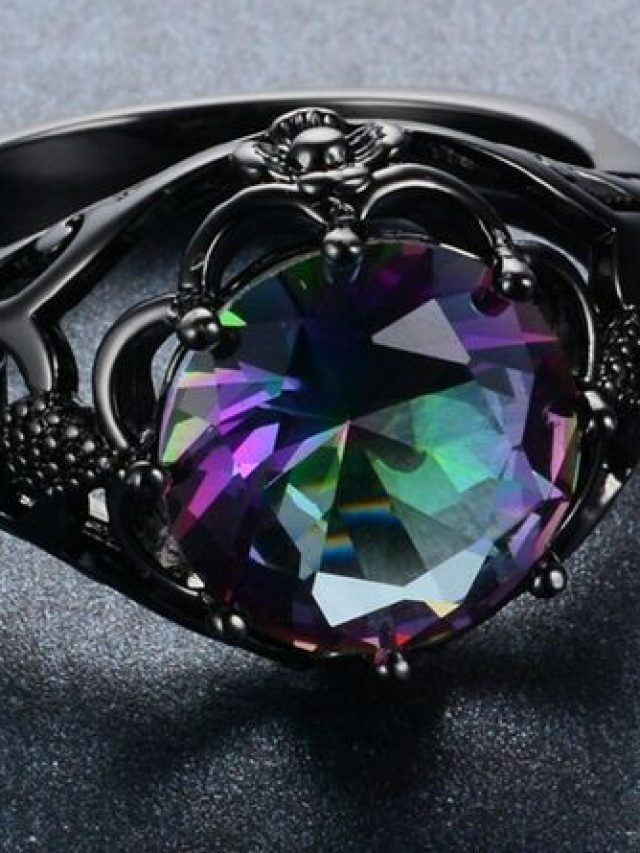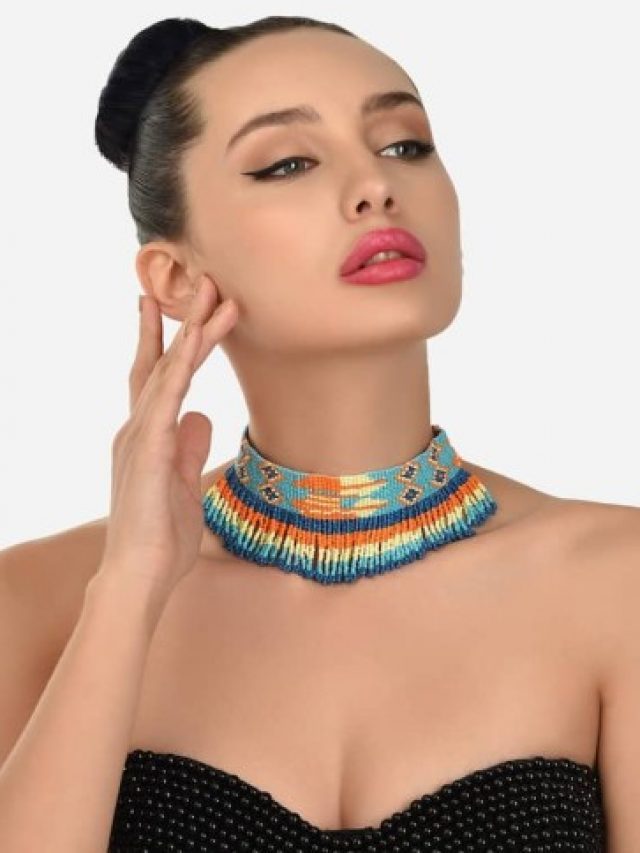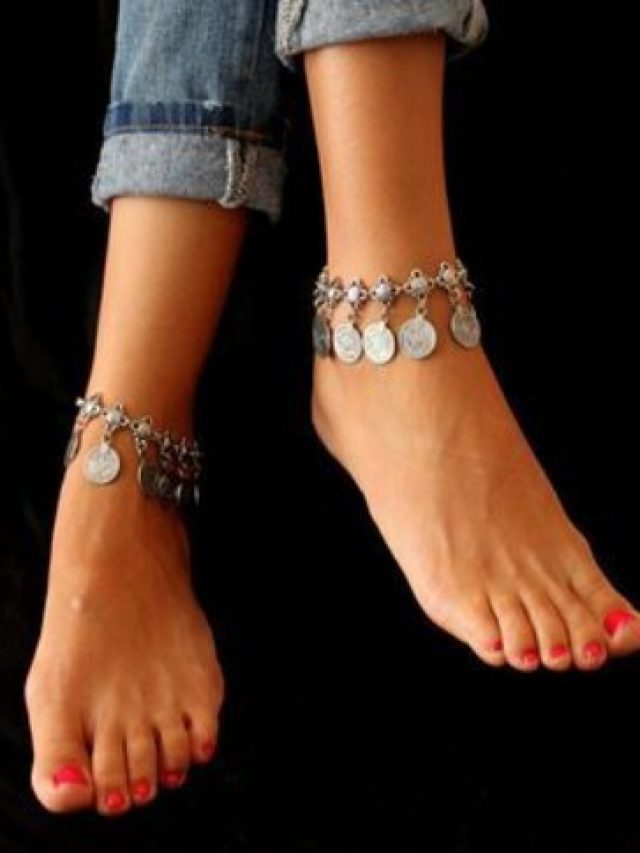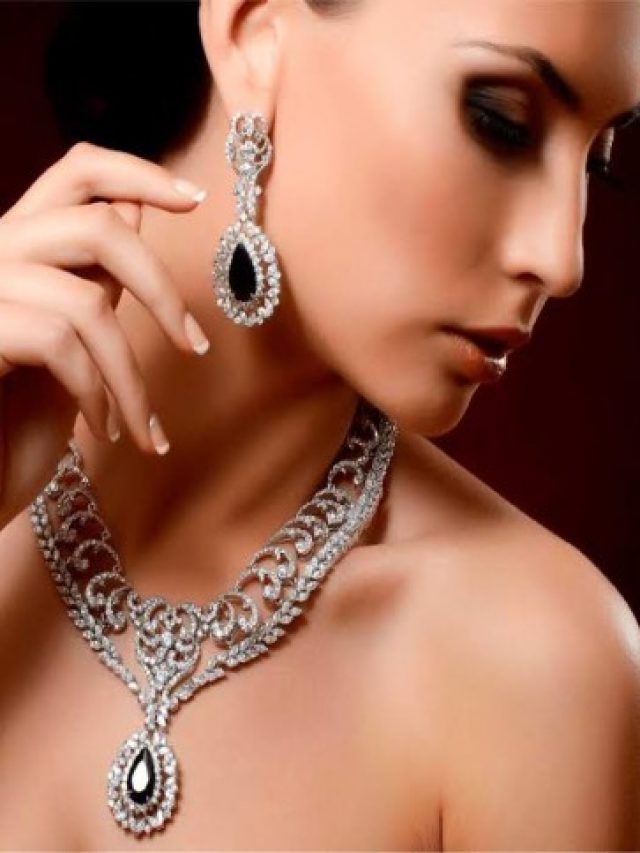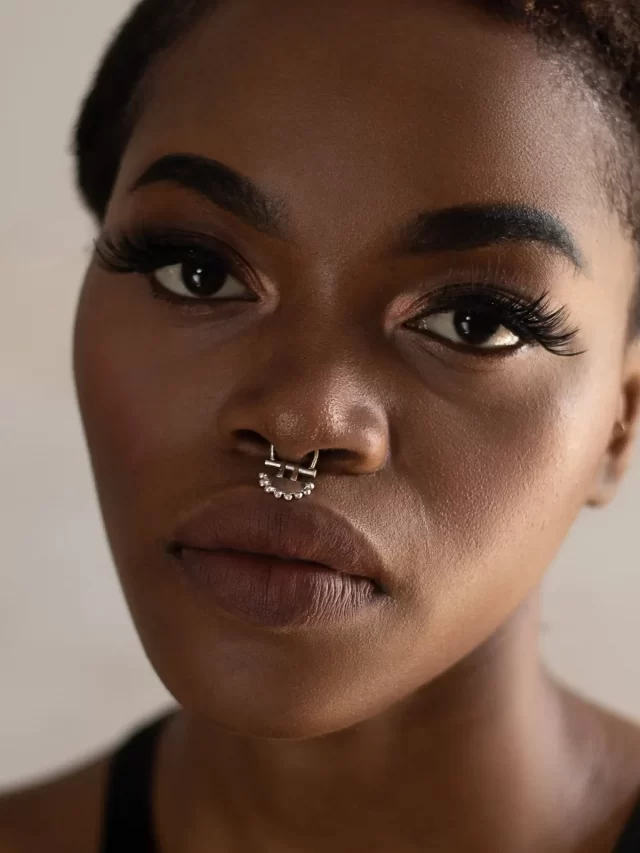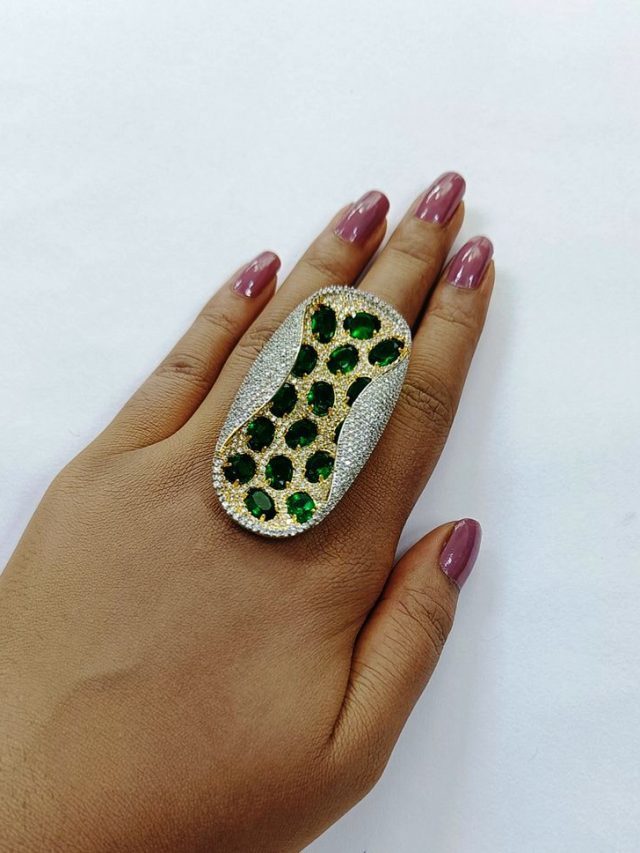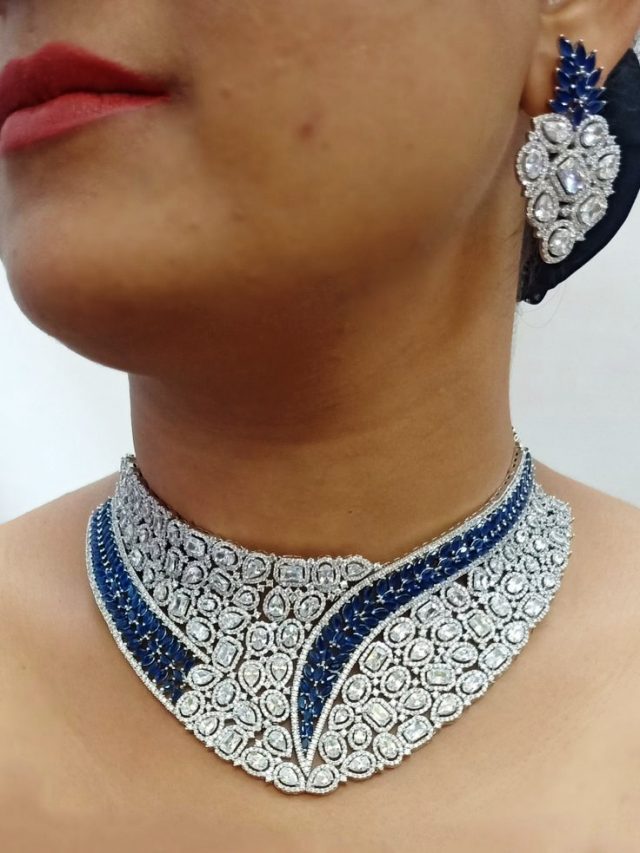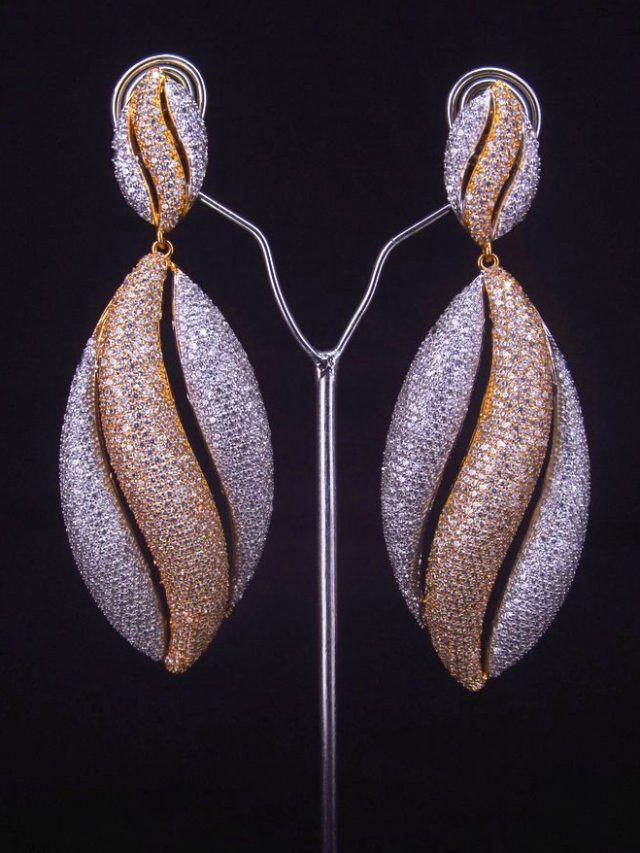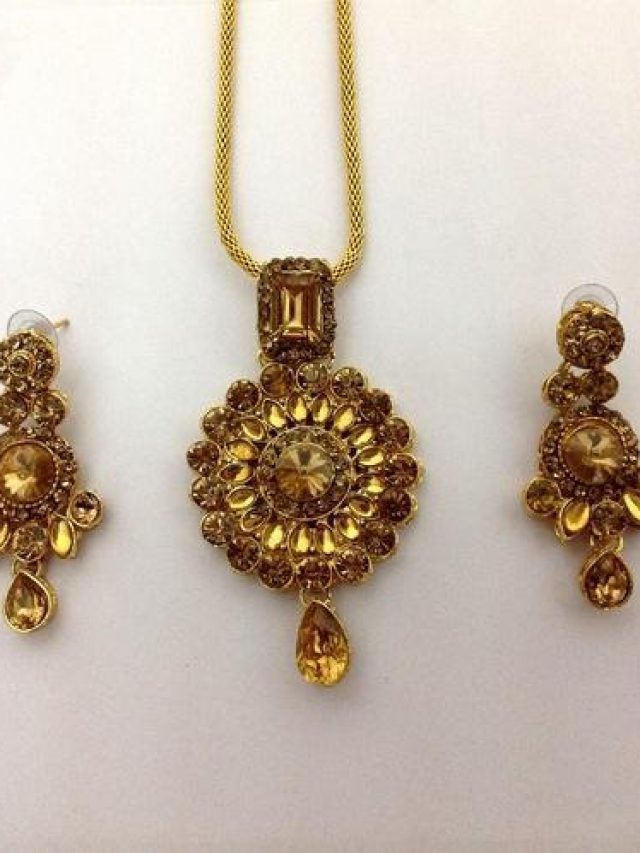
You know that 95 per cent of opals come from Australia, right? Wrong! RENATA BERNARD says that’s usually the first mistake when dealing with a customer in search of a quality opal.
Precious Australian opals are currently in high demand. Their prices are rising and the number of websites selling opals is rapidly increasing. This is good news. We should be celebrating!
Better still, you have a perfect customer looking for a quality black opal with an electric play of rainbow colours to be set into a magnificent jewellery design. The dollar signs are flashing.
So, what’s the catch? It is, as always, in the detail. And the detail is in the unique nature of this magnificent phenomenal gemstone, its limited supplies and resistance to systematisation.
If you are lucky, you have a trusted opal dealer who sends you several options for your customer. Are you on a winning streak? Or are you taking your first steps into the shifty dunes of uncertainty and limited guarantees?
You have been in the industry long enough to be able to tell a solid opal from its composite counterpart. Using a little droplet test, you can ascertain the sedimentary nature of the opals you are examining on behalf of your client. Trusting the well-repeated statistic, there is a 95 per cent chance that the precious opal you are playing with is Australian, right? Not really!
The mantra, “95 percent of precious opals originate from Australia,” is repeated ad nauseam by well-meaning Australian opal aficionados, has not stood any test since the 1980s, when it first gained popularity.
The customer insists that they need a N1 or N2 body tone. The stone has it, but the backing is grey. Or ironstone. How do you explain to them that the host rock has no bearing on the N1 classification of the gem, if they have been over-informed by the well-meaning websites that advise ‘black is black’?
And then, the question of treatment and structure arises. What guarantees can you give to your customer that the faint grey line in the opal is colour-less potch and not gypsum or, god-forbid, webbing that may threaten the long-term stability of the gemstone?
This is before we get into the conversation about the quality of cut and craftsmanship, which more often than not is done with soft resin diamond wheels rather than using the traditional – and superior – dry-sanding techniques. I say “superior” because only dry opal will tell you the story of its future.
What tools do you have at your disposal to discuss the sources of value and quality? Unfortunately, there is still very little. The nomenclatures currently in circulation insist that the notions of body tones, gradation of colours and vaguely defined patterns, are main determinants of the precious opal’s value.
The truth is that, as is the case with all other precious gemstones, an opal’s value lies in its beauty, rarity and durability, not in its darkness or lightness, or blackness or whiteness.
You may have seen a green-blue, N-6 opal superbly superior to a red N1 with barely enough play of colour to speak of. Or, an electrifyingly spectacular pinfire may steal your heart in a flash, when placed next to a charming broad-patterned ‘character’ stone.
To put it simply, a precious opal’s objective beauty is directly proportional to the overall brightness of its play-of-colour. It is as simple as that.
Both, you and the client can see it. And, this is what we should focus on and measure, rather than the body tone. This is what gives opal lovers goose bumps and it’s what makes them fall in love with an opal. Of course, the excitement of a gemstone is also relational and depends on the gem lover’s tastes, and – let’s face it – their wallet.
Yet, fundamentally, bright play of colour is the one factor that makes an opal irrevocably beautiful.
In judging durability and rarity of Australian opals, nothing beats experience and that comes from handling thousands of varied gemstones and dealing with the opal, gem and jewellery industry at many levels, from the source, manufacturing, all the way to the end user – our retail clientele.
It comes from understanding what fine design and quality craftsmanship is at each level of an opal journey. It comes from exploring different opal fields, talking to miners, dealers and end users, learning the old ways, whilst adopting new technologies and directions in design, on par with the best of the world.
I dare to add that our collective and unique advantage is our localised opal experience that goes hand-in-hand with our industry qualifications that inspire trust and respectability. GAA, GIA, Gem-A, coupled with accreditations and coveted memberships, including Australian NCJV are crucial in validating the Australian opal industry’s reputation and inspiring our customer’s long-term satisfaction.
At the end of the day, what we want our opal client to have is a guarantee – of quality, value and expertise behind the gemstone to be treasured for generations to come.
That should be our ultimate goal in the fine jewellery business. It should be a guarantee supported by knowledge, and a focus on the end-use, all of which must be easily conveyed.
Name: Renata Bernard, PhD, GIA GG
Business: Opal Minded
Position: Creative Director
Location: Sydney, NSW
Years in the industry: 14














